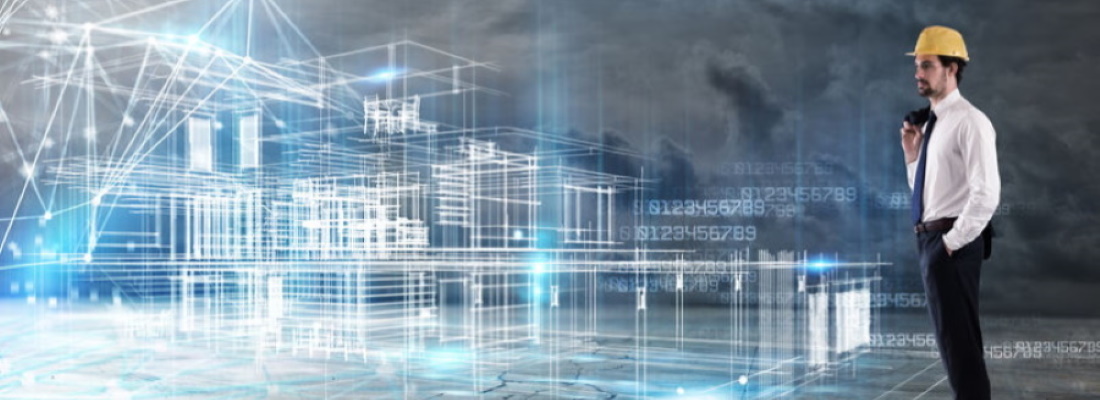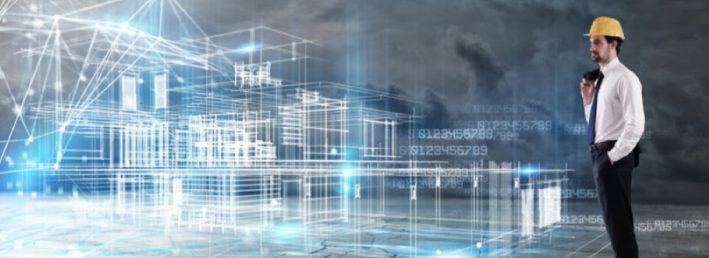Designers and architects are becoming more and more aware of the need to future-proof buildings, whether new structures or existing ones. There is, quite rightly, more emphasis on environmental issues than there ever has been and this is playing a significant role in how we think about your buildings.
The need for change
Current design standards and codes are based on data that is historic. It’s vital that the construction industry starts to change how it approaches constructions in the future, especially as we’re talking about a future that isn’t predictable. As well as considering how buildings’ carbon footprint can be lowered or non-existent, the industry has to consider how buildings are able to cope with unexpected weather extremes, for example, due to climate change. We know that global temperatures are rising and this is causing rising sea levels, extreme weathers and flooding – we need to plan for this to continue and worsen over the decades.
What do we mean by ‘future proof’?
This means we are constructing low-energy, sustainable buildings that are able to adapt to technological, social, environmental, regulatory and economic changes throughout their lifetime. In essence, we are designing buildings that will have a longer lifecycle than current constructions. Theoretically, buildings will remain relevant and fit-for-purpose for much longer than they are currently. A future-proof building can respond to challenges and changing uses. It will not need disruptive or costly refurbishments in its lifetime.
One example of an aspect of a future-proof building is a structure that is designed with the rising of global temperatures in mind. If temperatures do rise as expected, the designers will already have planned for this in their designs and the building will be able to adapt to this change.
Always a risk – we can’t predict the future!
We all know that the future is somewhat unpredictable and there is always the risk that building and construction decisions we make today will end up being ill-informed. This is why we need to make sure that whatever we’re designing and building, there is room for easy adaptation and flexibility. What we’re trying to avoid is decommissioning a building too early because it doesn’t work how we need it to work.
Some considerations
When making buildings future-proof there are many considerations:
- Building materials – when choosing building materials, we need to consider how they will be disposed of at the end of the building’s life and whether or not they can be reused elsewhere.
- Energy systems – it’s very likely that there will be an increased need for renewable energy in the future. Designing for this now is important – not only do we need to consider installing things like PV panels but we also need to consider how the technology might develop over time. For example, we need to think about creating spaces for energy storage – batteries, for example. Even if these aren’t readily available in the size we need them, this technology will likely grow as our need grows.
- Homes for life and work – When designing new homes, we need to consider that many might be workspaces too and plan in enough workable space for this to be a sustainable and comfortable place to live and work.
Responsibilities
Construction professionals have the responsibility to ensure our towns and cities still function well as a system. We need to make sure the density of cities is maintained, housing needs met and all without causing any more damage to our natural world. In short, building projects need to have a non-determinative architecture and inherent flexibility.
Materials are another consideration. These need to be robust and high-quality. They also need to lend themselves to adaptation in the future. In other words, they need to be reusable or recyclable.
What about historic buildings?
It’s obvious that historic buildings need a different approach in some ways to other types of building when it comes to future-proofing. Here are some considerations for future-proofing our historical assets in the United Kingdom:
- We need to prevent decay. Frequent inspections are necessary.
- We need to promote understanding in the community that it is our social responsibility to hold on to and protect these wonderful pieces of history.
- We need to increase their durability and fortify them whenever and wherever necessary.
Additional observations
A building system’s durability is down to proper and adequate maintenance. If we are wanting buildings to have longer lives, we need to ensure there is a robust maintenance system in place.
Secondly, historic buildings have more value than just monetary value and mustn’t be forgotten when we’re discussing future-proofing. These buildings have cultural, aesthetic, economic and social value and provide an irreplaceable identity to many of our urban environments.
Concluding thoughts
If we’re looking at future-proofing our buildings, towns and cities, there isn’t an easy, single recipe on how to do this. Since the future is hard to predict, we are left with many open questions, which need careful consideration. When we’re planning for buildings to be durable and to last beyond our lifetimes, it’s very difficult to imagine or predict what changes the building will see. What we can do, though, is plan for sustainable, readily adaptable buildings and homes and hope that we get it right!


